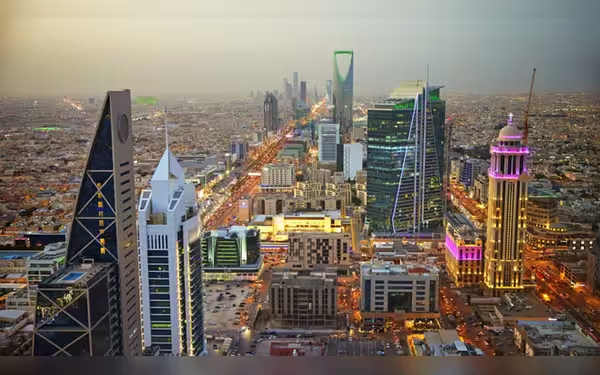Thursday, July 4, 2024 06:33 PM
Saudi Arabia's Banks Witness Surge in Foreign Assets
- 22% increase in foreign assets for Saudi commercial banks in February
- Net foreign assets for Saudi banks decreased by 21% due to rise in liabilities
- SAMA's net foreign assets at SR1.55 trillion in February, showing 5% decline
 Image Credits: Arab News
Image Credits: Arab NewsSaudi Arabia's commercial banks saw a surge in foreign assets in February, with a 22% increase compared to the previous year. Despite a rise in liabilities, SAMA's net foreign assets remained strong at SR1.55 trillion.
Saudi Arabia's commercial banks experienced a significant surge in foreign assets in February, with a notable 22 percent increase compared to the previous year, totaling SR347.63 billion ($92.7 billion). This growth, as reported by the Kingdom's central bank, SAMA, highlights a substantial expansion in international holdings and investments.
Conversely, foreign liabilities for Saudi banks also saw a substantial uptick of 38 percent during the same period, reaching SR288.22 billion. This rise in financial obligations to banks outside the Kingdom resulted in net foreign assets amounting to SR59.41 billion, reflecting a 21 percent decrease from the previous year.
Despite the increase in international holdings, the surge in liabilities impacted the net figure. SAMA's net foreign assets stood at SR1.55 trillion in February, showcasing the financial strength and global position of the Kingdom's banking sector, albeit with a 5 percent decline from the previous year.
The distinction between central and commercial banks' foreign assets lies in their respective purposes. Central banks primarily hold foreign assets for reserve management and monetary policy, while commercial banks utilize them for business operations, customer services, and investments.
Reserve assets, totaling SR1.62 trillion, include highly liquid assets like monetary gold and Special Drawing Rights allocated by the IMF. These reserves ensure stability and fulfill short-term financial obligations.
Furthermore, banks invest in foreign securities, such as government and corporate bonds, to generate income and diversify portfolios. Investments in international securities accounted for 60 percent of the reserve position in February.
Saudi Arabia's strategic investment approach involves directing capital into national funds like the Public Investment Fund and National Development Fund. The diversification of holdings across various financial opportunities may explain the decrease in reserves.













